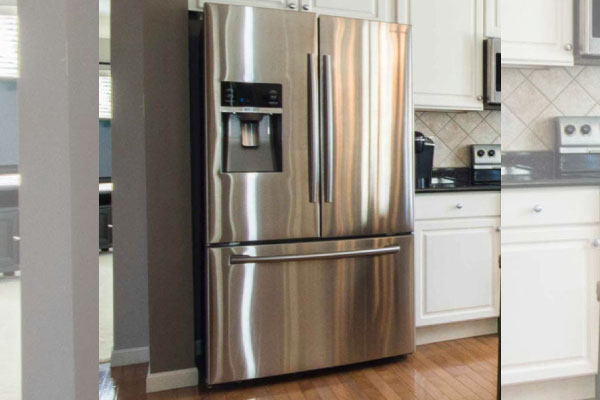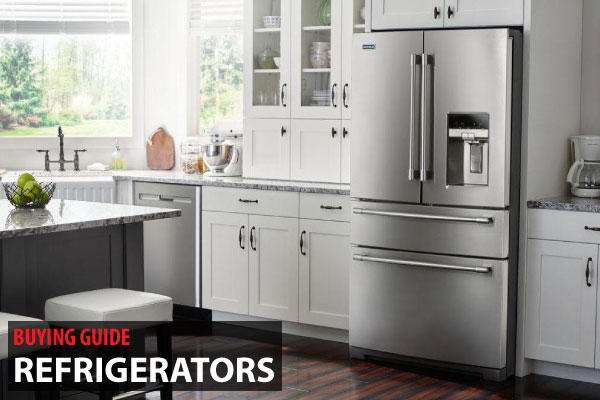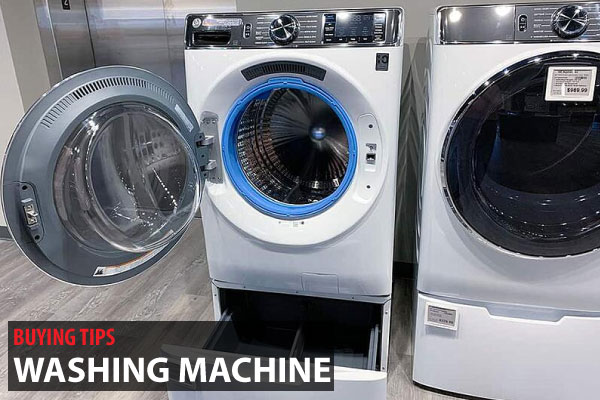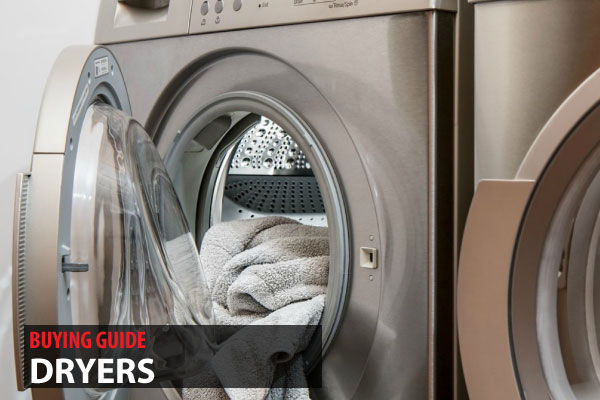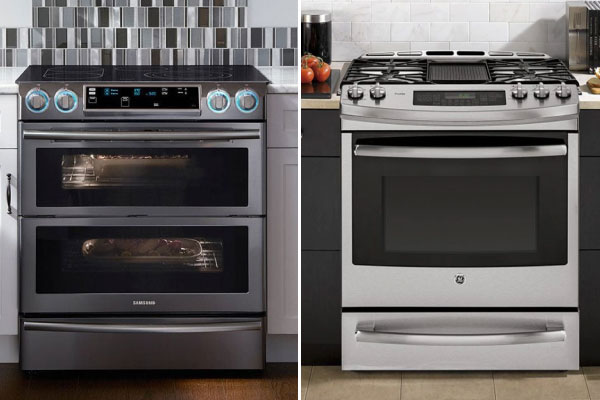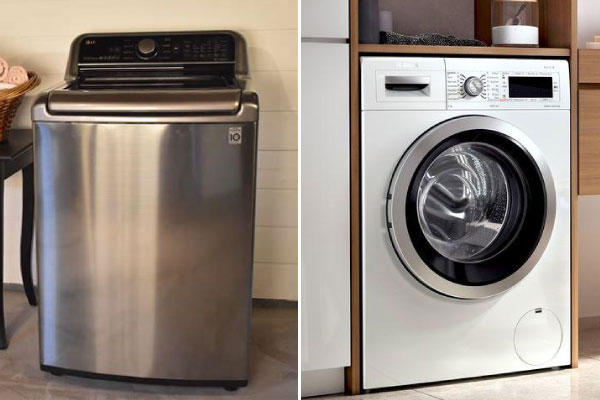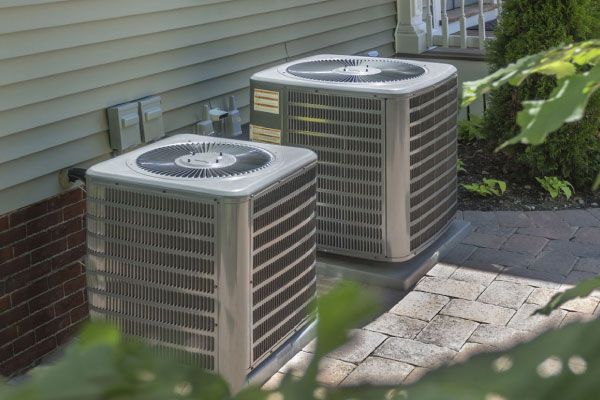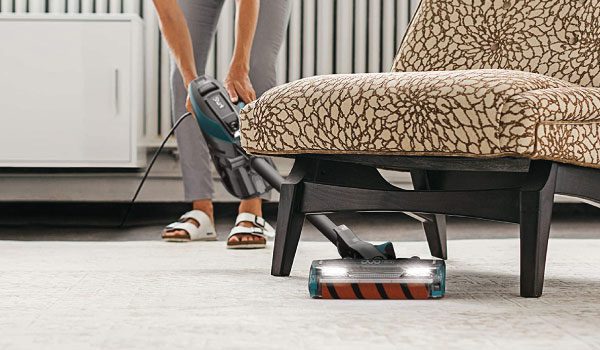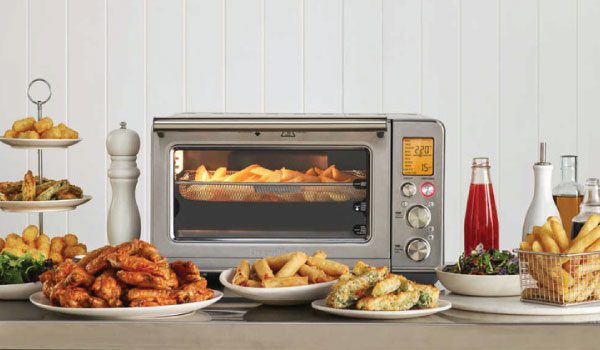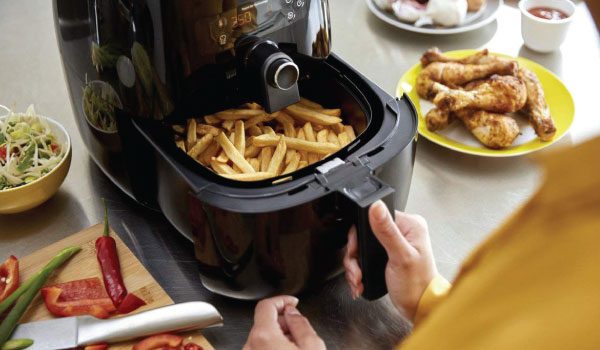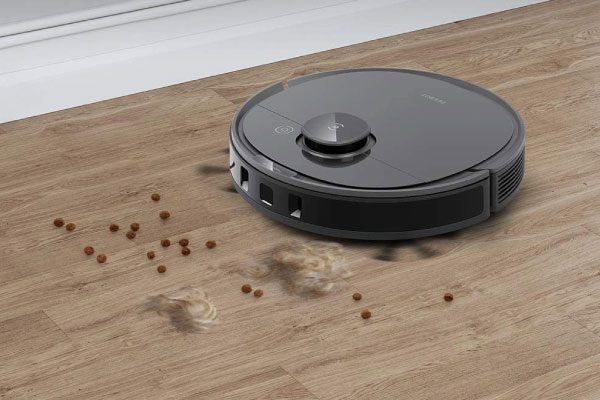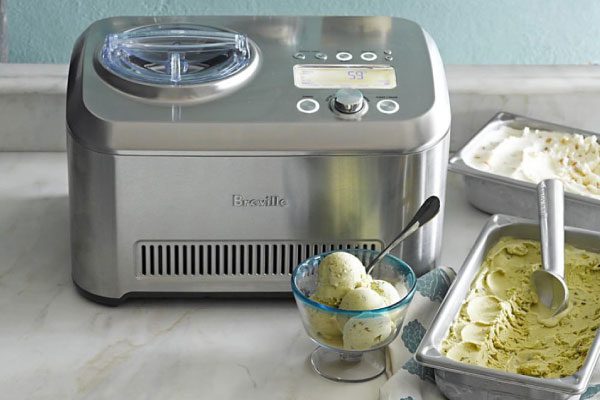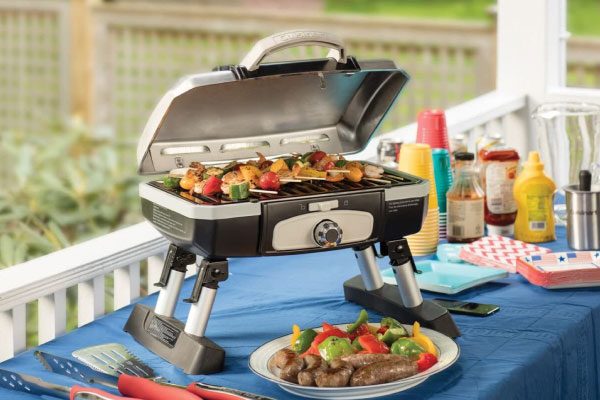Guide for Buying a Garbage Disposal
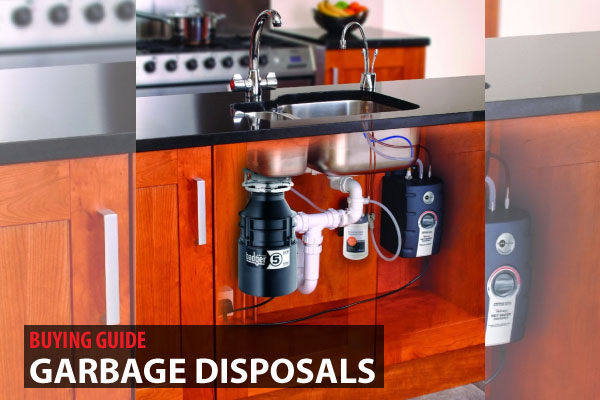
The scraps of trashed dinner have landfill as their final destination, which decays slowly into a greenhouse gas. This issue is solved by garbage disposals.
Garbage disposals have double duties. The spoiled cobs, meats, fish, corn, ice, and bones are ground by garbage disposals, and the veggies that kids reject are drained and discharged to wastewater plants. The food becomes more eco-friendly, even more than composting them if they are processed through a wastewater plant. In addition, all of the odours, wastage, and any other critters are immediately removed by garbage disposals.
According to the EPA (Environmental Protection Agency), harmful gases are released by solid wastages in landfills, composed of 50 % methane and 50% carbon dioxide. These gases are key to climate change because of their heat-trapping nature.
All of the wastages are eliminated efficiently with garbage disposals and through eco-friendly processing. Anaerobic digestion is used by most of the wastewater plants in the United States, through which all of the food waste is converted to biofuel. The solids that remain are converted into fertilizer, then used in farms.
How Garbage Disposals are Tested
The garbage disposal is tested on several different factors. Pieces of rib bones are ground for one minute with the cold water running, determining the speed test. The score depends on how fast or slow the food is ground.
Keep in Mind These Things before Buying a Garbage Disposal
You need to answer three questions if you are choosing a garbage disposal model
Are the pipes at my home strong enough for the task?

If you have an old home and old cast-iron rugged drainpipes, it might be a problem in food debris. You don’t need to worry if you have a new home with new plastic and slippery drainpipes. After the mid-1970s, PVC piping (Polyvinyl chloride) became more common at homes. Consider one thing, the pipes at your home clog fairly now and then; you should not buy a garbage disposal.
Do I have enough Septic Tank?
Manufacturers claim that there won’t be any problem using a septic tank, but the plumbers disagree, and they think you should consider your septic tank. Both of them are right in their own place, as the septic system depends on the type, age, and size. You might need to pump your food more often and increase the tank size, which can help you accommodate even more food waste. The pumping should be done once a year. Consult a septic system inspector in your area, if you have a septic system and still want to install a garbage disposal
Do you have enough space under your sink?
After ensuring that you have strong plumbing that can handle garbage disposal, the next step is to check if there is enough space for garbage disposal as these appliances are installed on the underside of the drain opening in your sink. You don’t know what standard size the garbage disposal has. We tested models 5-9 inches in width, 10-15 inches in height, 6-13 inches in depth. The size depends on the insulation of the model; the bigger the insulation, the bigger the disposal is.
Let’s Choose The Garbage Disposal that Best Suits your Needs
Choosing the best model depends on your house size, budget, and on a regular basis how much food you will need to grind.
The prices can vary from 50 USD to 500 USD. You may get one year warranty and small motors with cheap models, and you won’t get better performance with premium or expensive models. However, you will get more features like thicker insulation sound, longer warranty, more than one grind stage, steel components that are stainless and sturdier, and for preventing jams, auto-reversing grinders.
There are two categories of disposals; batch-feed and continuous-feed
Continuous-Feed Models
Cons:
You will need an electrician who will install wall switches for them. The wall switches do not come in the package; you must buy them separately. It is not necessary to install an air switch professionally, and you don’t need a drill and under sink outlet. You might see shards of food debris, utensils, or other objects that fly out, as there can be a risk of all that when disposals are run with an open drain pipe.
Pros:
The best part about these garbage disposals is that you can toss or drop food scraps while they are running.
Batch-Feed Models
Cons:
These disposals are generally more expensive compared to continuous-feed models. Options might be limited as there isn’t enough market share for these models.
Pros:
You can insert one batch of food scraps at a time instead of throwing or tossing food while the disposal is running; you can turn it on by placing the stopper on the drain opening. They are the best options for kitchen islands as they don’t require any wall switches. In addition, these disposals reduce the risk of you getting injured as they come with a covered drain.
How much horsepower do you need for Garbage Disposals
The horsepower required may vary from 1 hp to 1/3 hp, depending on the motors of the Garbage disposal model. If you choose the highest horsepower, you will get better insulating sound and an efficient grinder. For this feature, you will need to pay more. The amount of electricity that these garbage disposals draw (amps) also needs to be considered. You need to have a circuit breaker strong enough to handle the model you are buying. Use circuit breakers with GFCi or GFI (ground fault interrupter). The good thing about these breakers is that you will get additional protection against electrocution if water comes into contact with the equipment.
The 1/3 hp disposals might not be a good option for you if you need frequent use or if you have heavy use. These entry level disposals are the best option for vacation homes. For a typical home, 3/2 or ½ hp should be enough. You might need 1 hp models if you are a cook and want to grind almost everything you are cooking, including bones.

